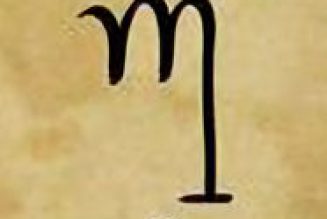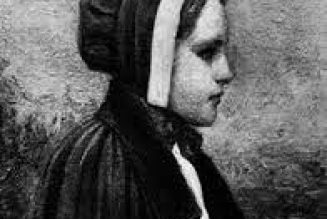Hermetica Forty-two sacred books of mystical wisdom attributed to the mythical Hermes Trismegistus, or “thrice great Hermes,” the combined Egyptian and Greek deities of Thoth and Hermes, respectively.
The books, which date from somewhere between the third century b.c.e. and first century c.e., had an enormous impact on the development of Western occultism and magic.
Many of the spells, rituals and much of the esoteric symbolism contained in Witchcraft folk magic, and contemporary Witchcraft and Paganism are based upon Hermetic material.
The Hermetica may have been authored by one person—according to one legend, Hermes Trismegistus was Hermes Trismegistus (Jacques Boissard, De Divinatione et Magicis) 160 Hermes Trismegistus a grandson of Adam and a builder of the Egyptian pyramids—but probably was the work of several persons in succession.
According to legend, the books were initially written on papyrus.
Clement of Alexandria, a chronicler of pagan lore, said 36 of the Hermetic books contained the whole philosophy of the Egyptians: four books on astrology, 10 books called the Hieratic on law, 10 books on sacred rites and observances, two on music and the rest on writing, cosmography, geography, mathematics and measures and priestly training.
The remaining six books were medical and concerned the body, diseases, instruments, medicines, the eyes and women.
Most of the Hermetic books were lost with others in the royal libraries in the burning of Alexandria.
According to legend, the surviving books were buried in a secret location in the desert, where they have survived to the present.
A few initiates of the mystery schools, ancient secret cults, supposedly know the books’ location.
What little was left of the surviving Hermetic lore has been handed down through history and has been translated
into various languages. The most important of these works, and one of the earliest, is The Divine Pymander.
It consists of 17 fragments collected into a single work, which contain many of the original Hermetic concepts, including the way divine wisdom and the secrets of the universe were revealed to Hermes and how Hermes established his ministry to spread this wisdom throughout the world.
The Divine Pymander apparently was revised during the early centuries c.e. and has suffered from incorrect translations.
The second book of The Divine Pymander, called Poimandres or The Vision, is perhaps the most famous.
It tells of Hermes’ mystical vision, cosmogony and the Egyptians’ secret sciences of culture and the spiritual development of the soul.
The Emerald Tablet. Also called the Emerald Table, the Emerald Tablet is one of the most revered of magical documents in western occultism.
Hermes Trismegistus was portrayed in art as holding an emerald upon which was inscribed the whole of the Egyptians’ philosophy.
This Emerald Tablet was said to be discovered in a cave tomb, clutched in the hands of the corpse of Hermes Trismegistus.
According to one version of the legend, the tomb was found by Sarah, wife of Abraham, while another version credits the discovery to Apollonius of Tyana.
The gem was inscribed in Phoenician and revealed magical secrets of the universe.
A Latin translation of the Tablet appeared by 1200, preceded by several Arabic versions.
No two translations are the same, and little of the Tablet appears to make sense.
The significance of the Emerald Tablet, however, lies in its opening: “That which is above is like that which is below and that which is below is like that which is above, to achieve the wonders of the one thing.”
This is the foundation of astrology and alchemy: that the microcosm of mankind and the earth is a reflection of the macrocosm of God and the heavens.






































